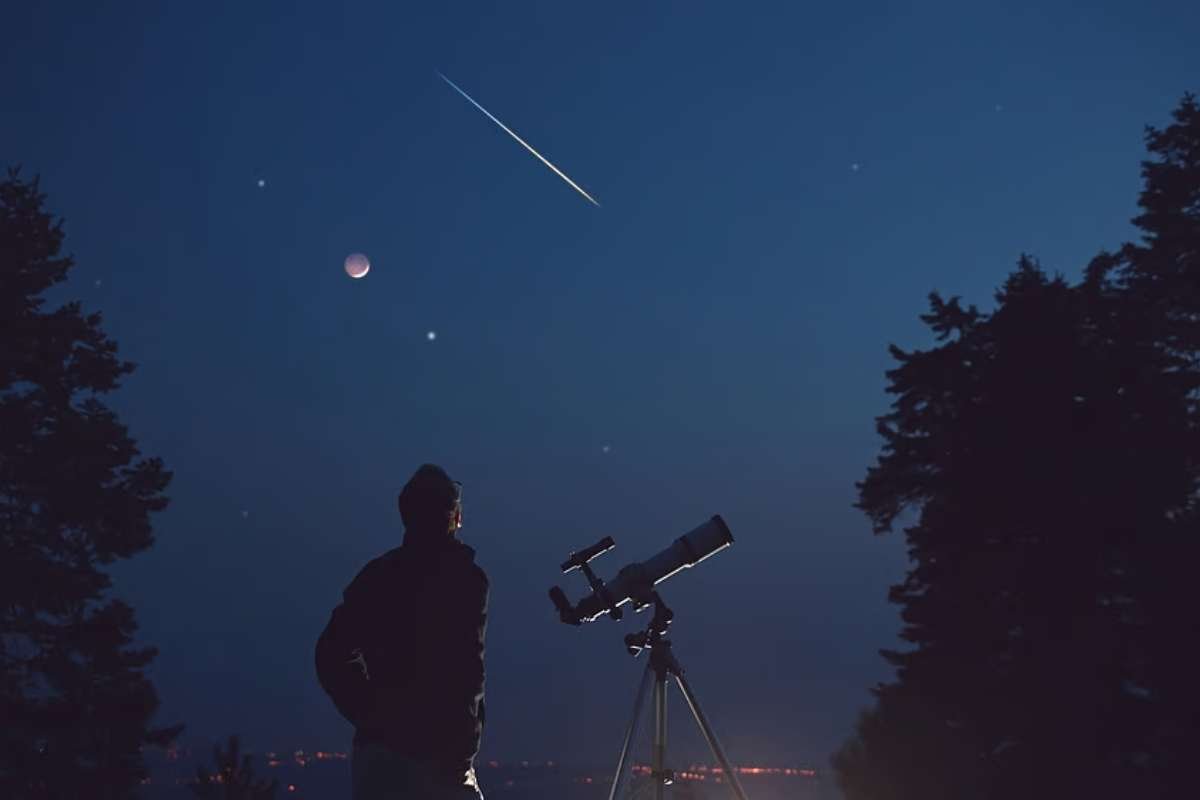The skies of June 2025 are filled with rare and dazzling astronomical events, promising an unforgettable month for stargazers. This comprehensive June 2025 skywatching guide covers everything you need to know. Kicking off on June 1, Venus reaches its greatest western elongation, appearing brightly in the early morning sky just before dawn. For viewers in the northern and southern hemispheres alike, it will be a rare chance to see Venus shine clearly, unobstructed by the sun’s glare.
The following night, on June 2, one of the night sky’s most brilliant features, the Hercules Star Cluster, or Messier 13, reaches its highest point. This dense globular cluster contains more than 100,000 stars and can be seen with binoculars or small telescopes as a glittering orb in the constellation Hercules.
June 7 brings a more elusive event: the peak of the Arietid meteor shower. Unlike typical meteor showers, the Arietids are best seen during daylight. Though spotting them with the naked eye is difficult, early risers might glimpse a few streaks before sunrise. Alternatively, NASA’s Meteor Shower Portal provides a digital window into the activity for those seeking a virtual experience.
Mid-Month Highlights: The Strawberry Moon, Mars Encounters, and Nebula Views
One of the June 2025 skywatching guide’s most anticipated moments is the full “Berry Moon” on June 11. Named after the ripening of wild strawberries in North America, this moon holds cultural significance rooted in Indigenous and European traditions. While it doesn’t turn red, its brilliance illuminates the night in a tribute to early summer harvests. Known also as the “Honey Moon” or “Mead Moon,” it was historically associated with weddings and honey gathering.
On June 16, Mars approaches the bright star Regulus in the constellation Leo, creating a beautiful conjunction. Regulus, a four-star system, will shine near the red planet just after sunset, forming a striking pair for telescope users. That same evening, the Butterfly Cluster, aptly named for its winged shape, will also reach peak visibility, adding to the night’s celestial spectacle.
Later in the month, on June 22, the Lagoon Nebula (Messier 8) reaches its highest altitude. Located near the center of the Milky Way, this glowing cloud of gas and young stars lies approximately 5,200 light-years away. Visible with binoculars under dark skies, it offers an exceptional opportunity to witness star formation in real time.
A Dazzling Finale- Dark Skies, Meteor Showers, and Planet-Moon Encounters
As the month draws to a close, sky conditions improve further for deep-sky observation, making the June 2025 skywatching guide even more exciting. A new moon on June 25 means darker skies, ideal for viewing faint galaxies, nebulae, and the radiant core of the Milky Way, a dream scenario for astrophotographers.
June 27 brings the Bootid Meteor Shower’s peak. Known for unpredictable rates, this shower can produce anything from a few to hundreds of meteors per hour. With only a slim crescent moon present, conditions are ideal for meteor watching.
Finally, on June 30, the waxing crescent moon will pass near Mars in the evening sky, separated by just over one degree. Observers using binoculars will see the pair side-by-side. This close encounter will also reveal “earthshine,” a soft glow illuminating the moon’s darkened portion, thanks to sunlight reflected off Earth.
June 2025 truly offers a rich tapestry of celestial events for every level of skywatcher.







